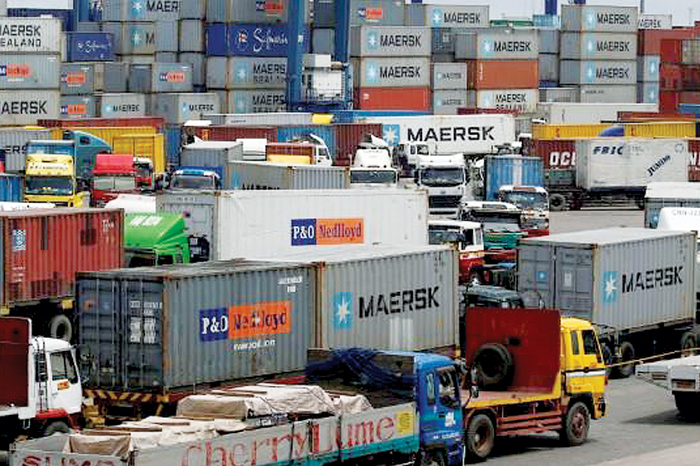The National Economic and Development Authority (NEDA) sees economic growth for the year to be lower than target by as much as a percentage point, if the coronavirus disease 2019 (COVID-19) lasts until June, as adverse impacts are seen on jobs and tourist arrivals.
Meanwhile, the Philippine Exporters Confederation Inc. (Philexport) said the exports sector is not likely to meet the 5 to 6 percent growth target this year due to the slowdown of their operations arising from the supply chain disruption from China.
“The impact on GDP (gross domestic product) is between 0.5 and one percentage point, so if our target was between 6.5 and 7.5 percent, then we are looking at 5.5 to 6.5 percent (for the full year),” said Rosemarie Edillon, NEDA undersecretary, in her presentation in a Senate hearing yesterday.
“If this goes on until June, then we’re looking at a reduction in tourist arrivals of 1.42 million, and the foregone gross value added is estimated at P93 billion to P187 billion,” she added.
Edillon also estimates that 30,000 to 50,000 jobs will be lost in the travel and tourism sector alone.
The budget deficit is also seen to breach the 3.2-percent ceiling, and could reach 3.3 to 3.4 percent for the full year.
The impact on monthly inflation of the COVID-19 is projected at 0.1 to 0.2 percentage points.
Edillon said with respect to food items, those that have the largest import dependence on China and Hong Kong are garlic (85 percent import dependence), mandarin oranges (55 percent), peanut (52 percent), coffee (26 percent), oranges (24 percent), and onion (11 percent).
“Disruptions in the arrival of these imported food products may affect domestic prices,” Edillon said in her presentation.
Following his meeting yesterday with government secretaries led by Socio-Economic Planning Secretary Ernesto Pernia and various industry associations, Philexport president Sergio Ortiz-Luis said first quarter exports are affected although he is optimistic there will be no decline in exports.
Ortiz-Luis said the semiconductors and electronics industry might downscale its growth target to 3 percent from the original 6 percent in the absence of raw materials to support their operations.
The sector accounts for 60 percent of the country’s total exports.
Ortiz-Luis said the garments and textile sector is also experiencing supply crunch because most of their materials come from China.




